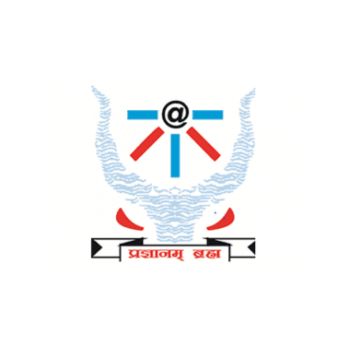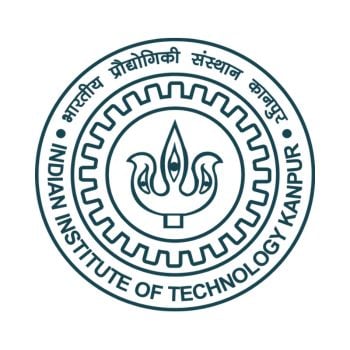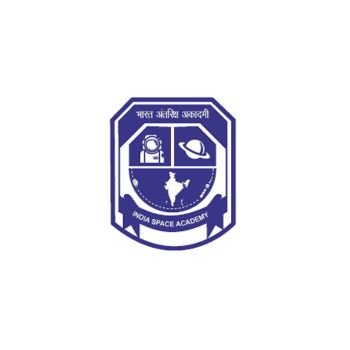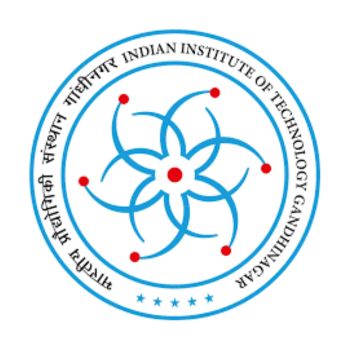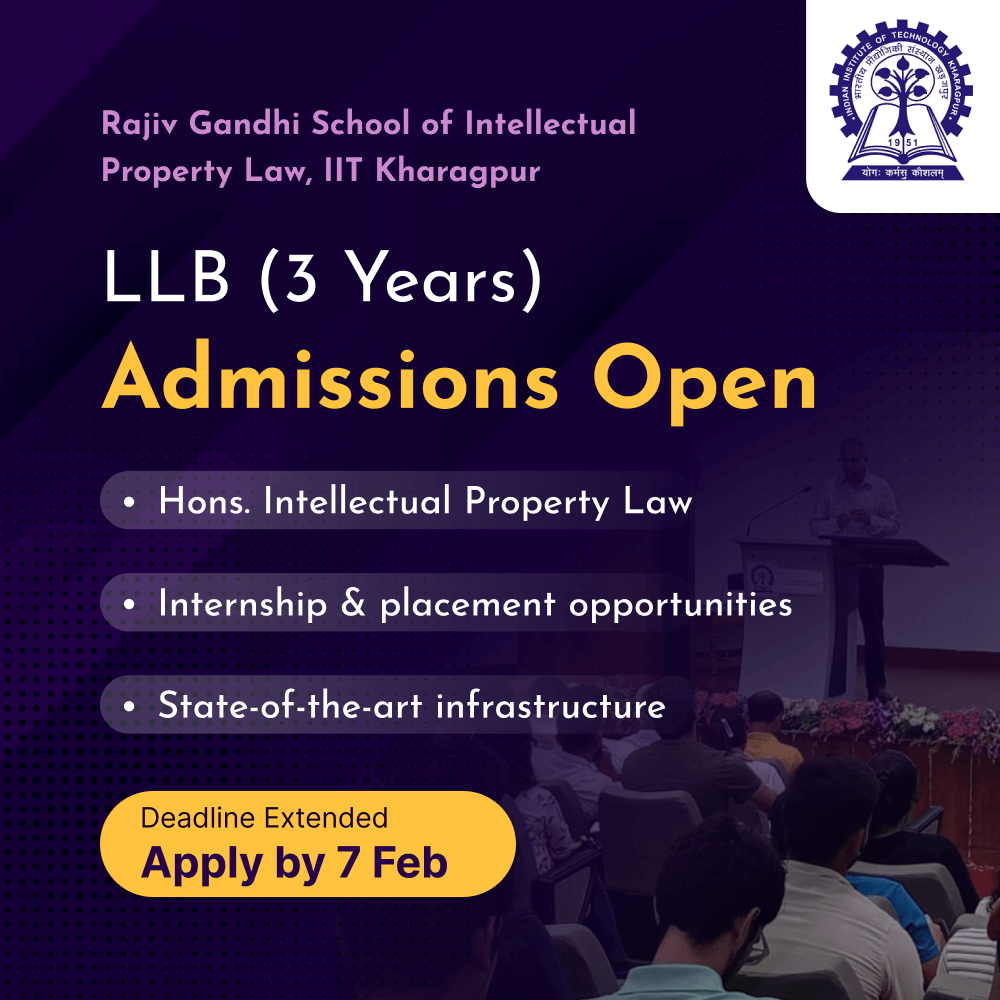The Java Developer Path by MongoDB teaches the basics of building modern applications with Java, using MongoDB as your database. Check out the details below!
About MongoDB
MongoDB is an open-source NoSQL database management program. NoSQL (Not only SQL) is used as an alternative to traditional relational databases. NoSQL databases are quite useful for working with large sets of distributed data.
MongoDB is a tool that can manage document-oriented information, store or retrieve information. MongoDB is used for high-volume data storage, helping organizations store large amounts of data while still performing rapidly. Organizations also use MongoDB for its ad-hoc queries, indexing, load balancing, aggregation, server-side JavaScript execution and other features.
Structured Query Language (SQL) is a standardized programming language that is used to manage relational databases. SQL normalizes data as schemas and tables, and every table has a fixed structure. Instead of using tables and rows as in relational databases, as a NoSQL database, the MongoDB architecture is made up of collections and documents. Documents are made up of key-value pairs — MongoDB’s basic unit of data. Collections, the equivalent of SQL tables, contain document sets. MongoDB offers support for many programming languages, such as C, C++, C#, Go, Java, Python, Ruby and Swift.
About the Course
This course contains a series of courses to teach you MongoDB skills. In this path, you’ll learn the basics of building modern applications with Java, using MongoDB as your database. The course modules are:
- Start Here – Intro to MongoDB
This unit gives an overview of MongoDB fundamentals, from the document model to CRUD operations to indexing, that you will learn during the Introduction to MongoDB course. - Getting Started with MongoDB Atlas
Learn about MongoDB Atlas, our multi-cloud developer data platform, its latest features, and how to deploy your first cluster. - MongoDB and the Document Model
Want to learn more about MongoDB and the document model? In this unit, you’ll learn how to manage MongoDB databases, collections, and documents. - MongoDB Data Modeling Intro
Learn the basics of data modeling, the process of defining how data is stored and the relationships among different entities in your data, in MongoDB. - Connecting to a MongoDB Database
Learn how to connect to MongoDB databases by using connection strings. Connection strings allow you to connect your cluster with the mongo shell, with Compass (our GUI that enables querying, optimizing and analyzing MongoDB data), and to an application. - Connecting to MongoDB in Java
Learn about the Java driver for MongoDB and how to use it to connect to your Java applications. - MongoDB CRUD Operations: Insert and Find Documents
Learn how to create, find, and query MongoDB documents in the mongo shell. - MongoDB CRUD Operations: Replace and Delete Documents
Learn how to replace and delete documents in the mongo shell. - MongoDB CRUD Operations: Modifying Query Results
Learn how to sort and limit query results and how to count documents in MongoDB. - MongoDB CRUD Operations in Java
Learn how to perform basic CRUD operations with the MongoDB Java driver. - MongoDB Aggregation
Learn how to create aggregation pipelines that enable you to analyze and summarize data by stringing together stages that filter, sort, group, and/or transform data. - MongoDB Aggregation with Java
Learn how to create aggregation pipelines with Java. - MongoDB Indexes
Learn how to improve MongoDB performance by learning how to create single, compound, and multikey indexes as well as how to delete indexes. - MongoDB Atlas Search
Learn about MongoDB Atlas Search, a full text search feature that combines three systems – database, search engine, and sync mechanisms. - MongoDB Transactions
Learn about ACID transactions in MongoDB and how they guarantee certain database operations happen together or not at all to ensure data integrity within the database. - MongoDB Compass
Learn how to use MongoDB Compass: the official Graphical User Interface built by – and for – MongoDB. This Learning Byte will cover how to set up and use MongoDB Compass to oversee and optimize your database. - Spring Data and MongoDB
Learn how to use Spring Data with MongoDB, an open-source framework for developing Java applications.
Eligibility
Java Developer Path by MongoDB is an extensive tutorial on using MongoDB. The course has no prerequisites and can be picked up by any enthusiastic learner.
Timeline
The course is self-paced. There are no deadlines and requirements
How to Apply?
Interested candidates can apply directly via this link.


